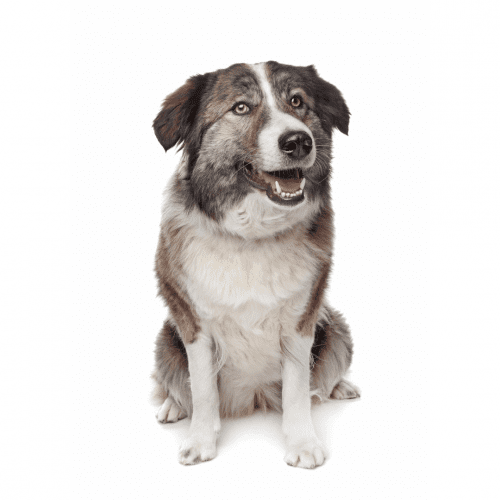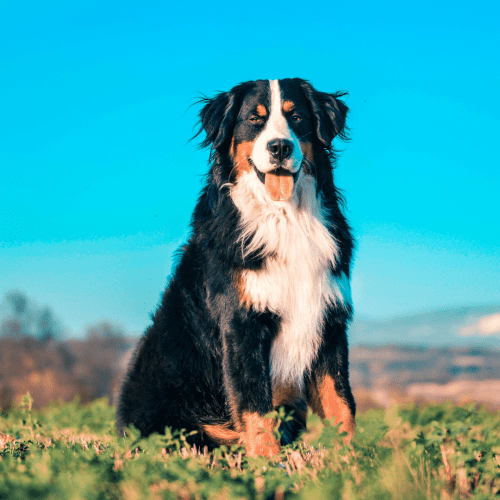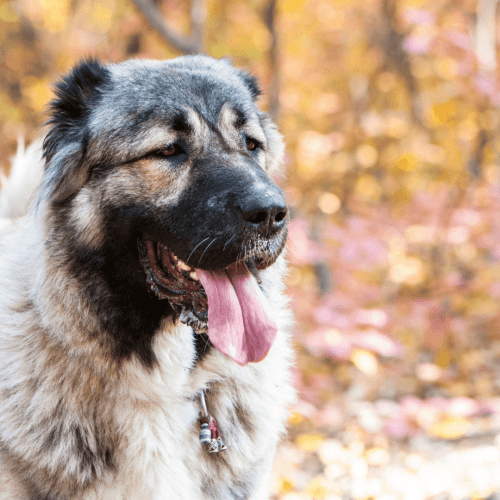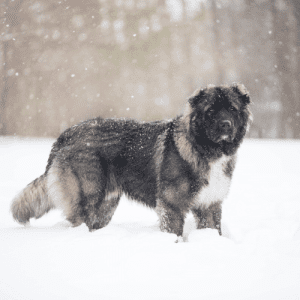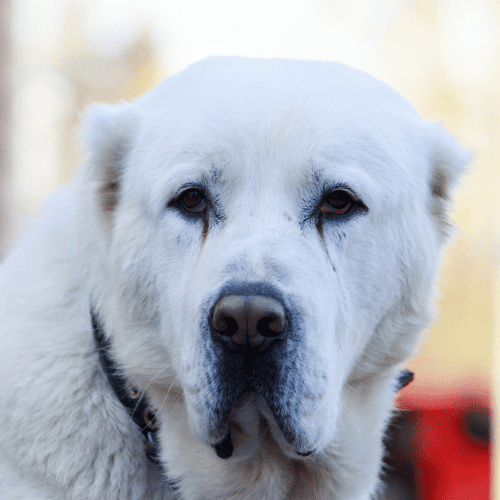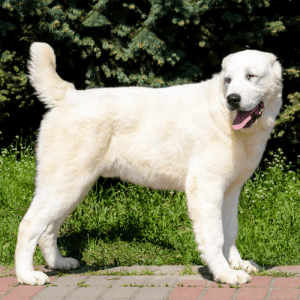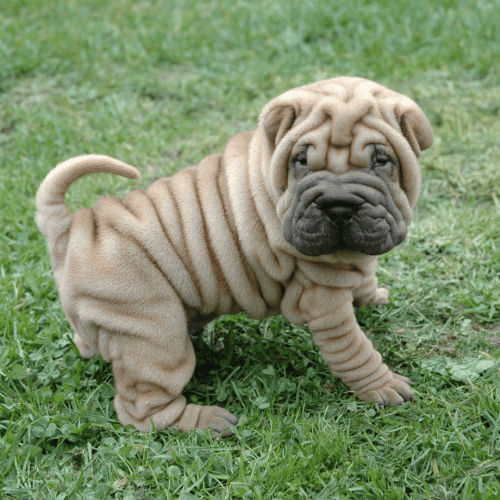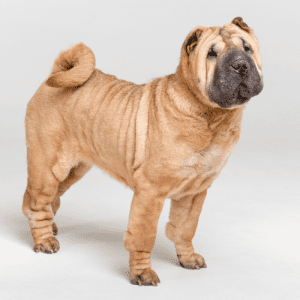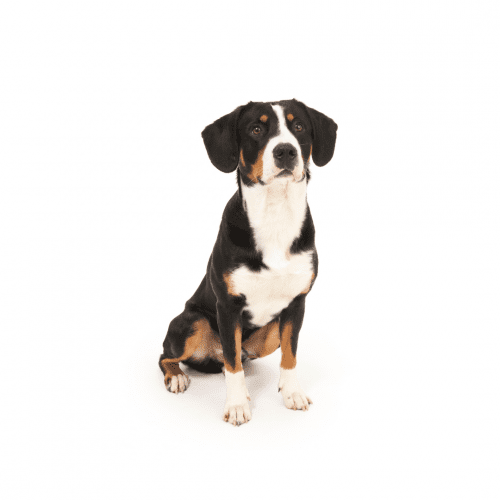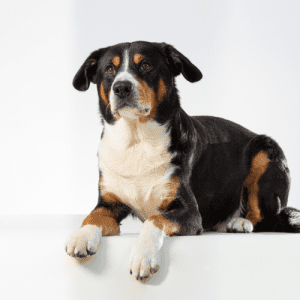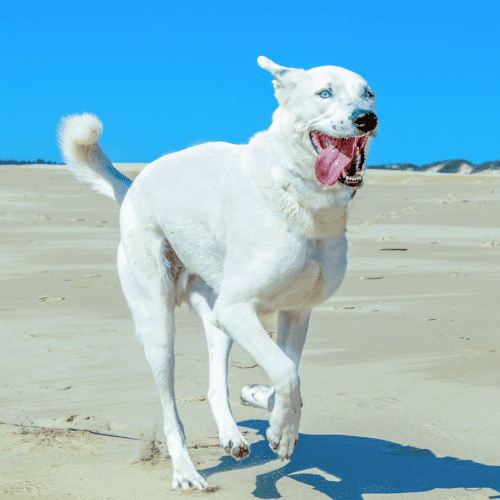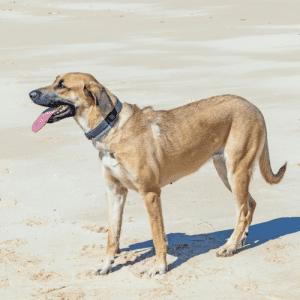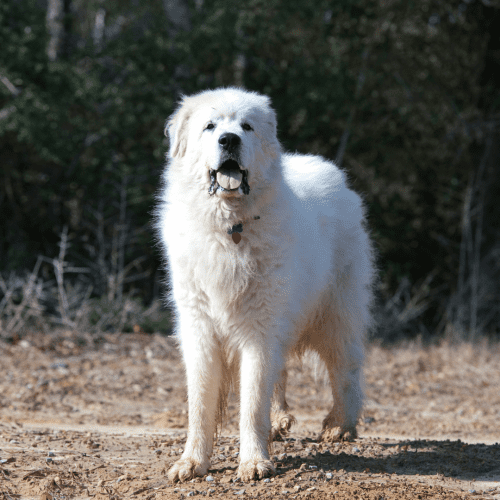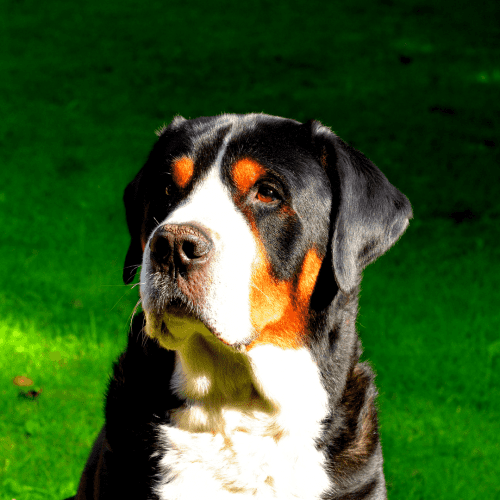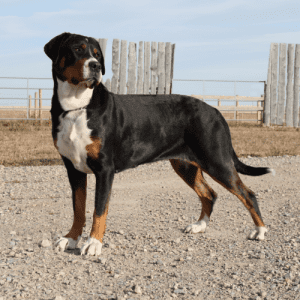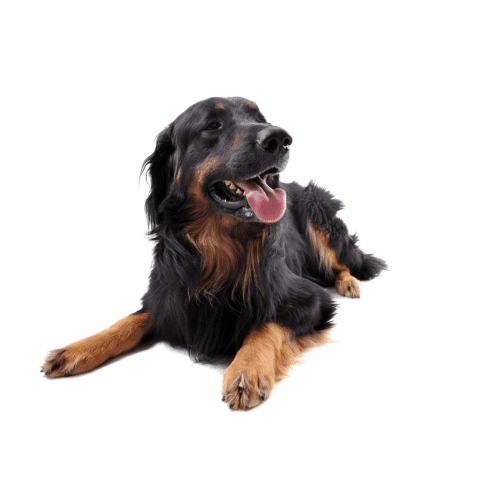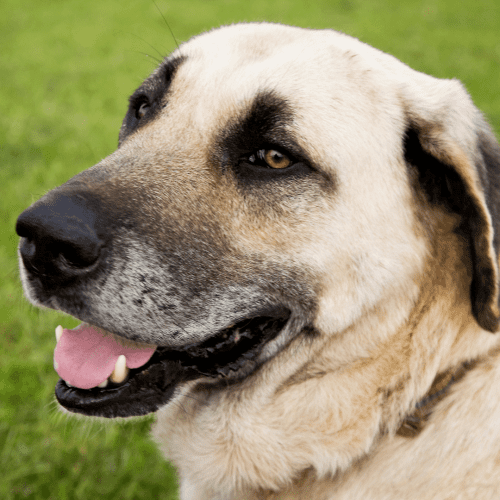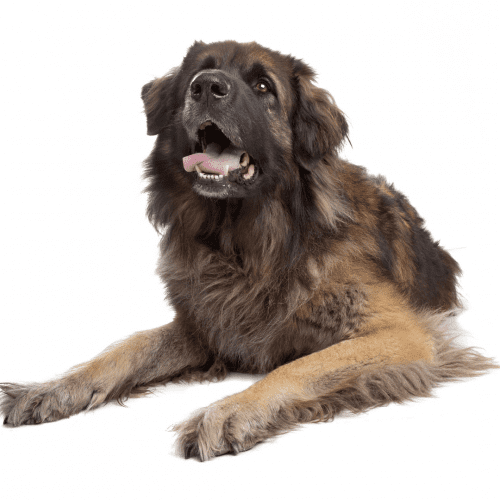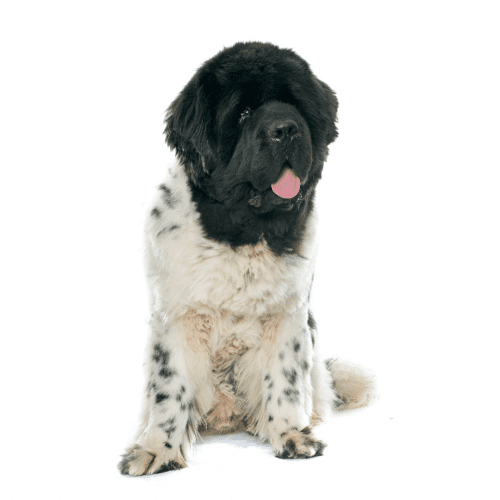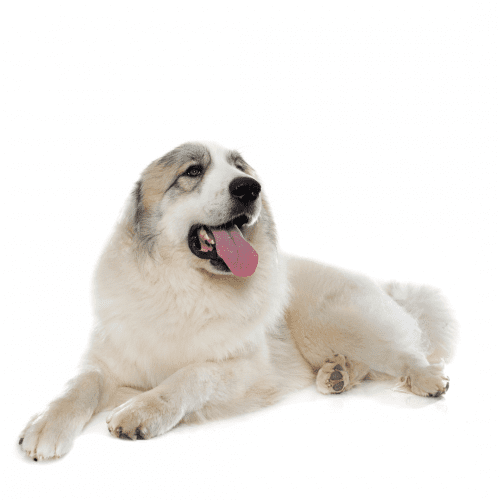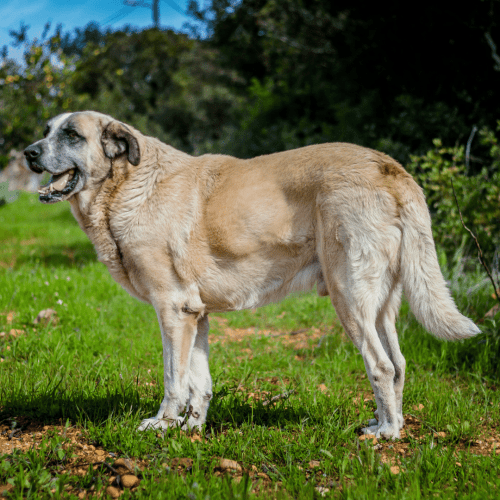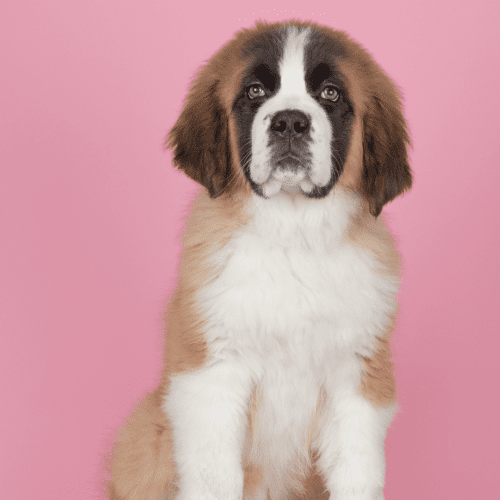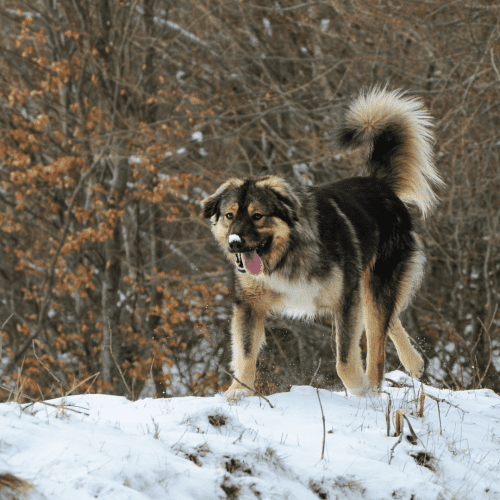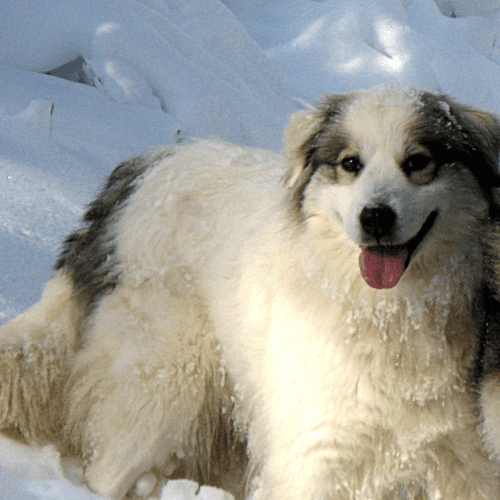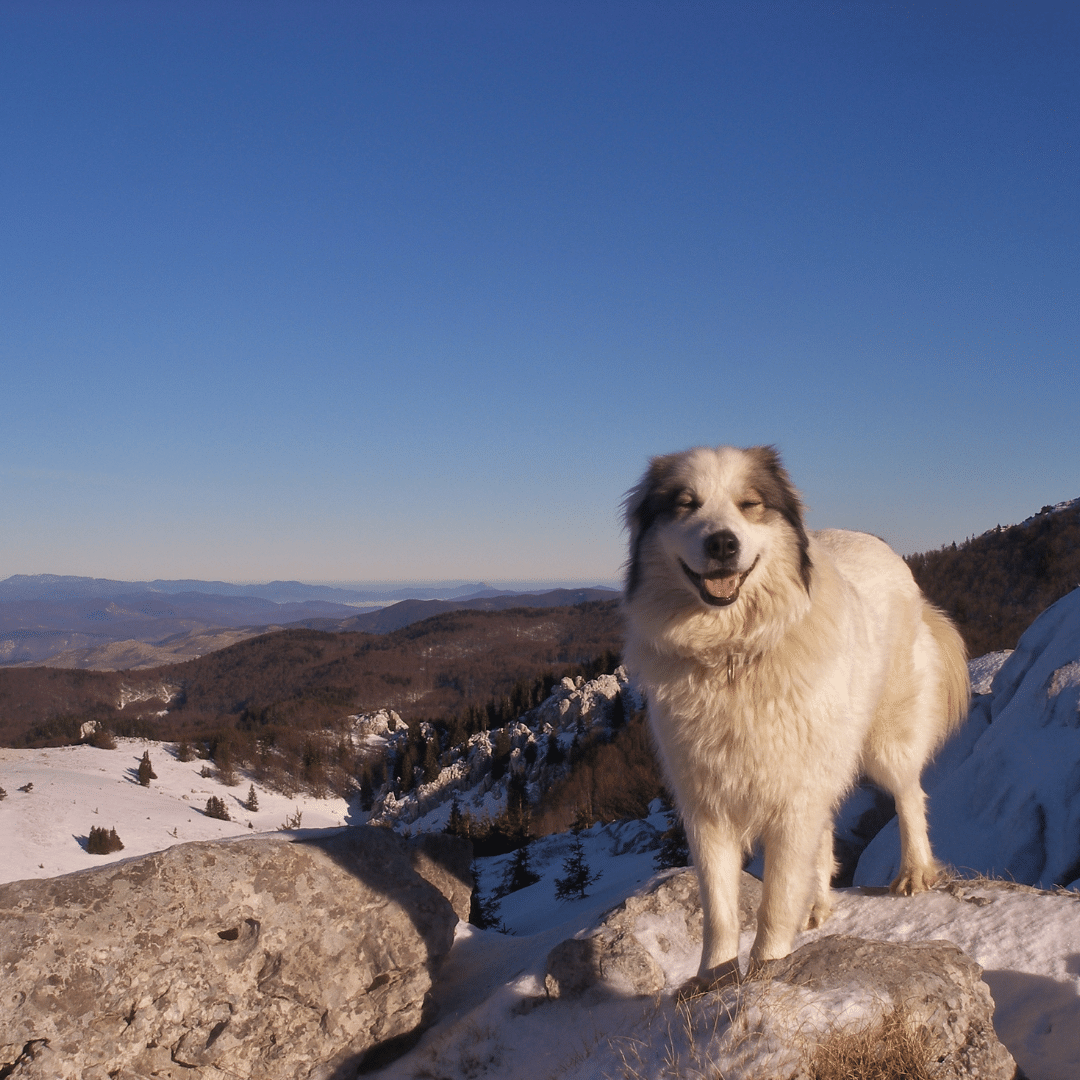Mountain dogs are an unique breed of dog that is native to the mountains. They are bred for their athleticism, intelligence, and robustness. Mountain dogs have been used as working dogs for centuries, and they continue to be popular today as companion dogs and working dog.
Have you ever wondered about the majestic Mountain Dog breed? These remarkable canines possess a certain allure that sets them apart from other dog breeds. With their impressive size and strength, Mountain Dogs are a force to be reckoned with.
But where did they originate, and how are they utilized by humans? From their historical background to their modern-day roles, there is much to explore about these fascinating dogs.
So, let’s embark on a journey to discover the captivating world of Mountain Dogs.
The Mountain Dogs dog breed is a versatile and robust breed known for its exceptional strength and endurance. Mountain dogs are large, muscular dogs with a sturdy build and a thick double coat that provides protection against harsh weather conditions. They have a distinctive appearance, with a strong, square-shaped head and a deep chest.
In terms of temperament, Mountain dogs are known for being loyal, protective, and gentle. They’re usually good with children and other pets, but early socialization is important to ensure they develop proper behavior. Mountain dogs are intelligent and eager to please, which makes them relatively easy to train. However, they can be independent and stubborn at times, so consistent and patient training methods are necessary.
When it comes to health, Mountain dogs are generally a healthy breed. However, they’re prone to certain health issues such as hip dysplasia and bloat. Regular exercise, a balanced diet, and routine veterinary check-ups are essential to maintain their overall well-being.
In terms of grooming, Mountain dogs have a dense double coat that requires regular brushing to prevent matting and to keep their fur healthy. They shed heavily, especially during shedding seasons, so frequent brushing is recommended. Bathing should be done as needed, using a mild dog shampoo to avoid skin irritation.
One distinguishing feature of Mountain Dogs from other dog breeds is their impressive size and strength. These dogs are known for being large and muscular, making them formidable working dogs. Mountain Dogs have a unique set of characteristics that set them apart from other breeds.
In terms of size, Mountain Dogs are typically quite large. Males can weigh anywhere from 90 to 150 pounds, while females generally range from 70 to 120 pounds. This size makes them well-suited for their traditional roles as working dogs in mountainous regions.
Mountain Dogs also have a distinct temperament. They’re known for being loyal, protective, and gentle with their families. These dogs have a natural instinct to guard and protect, which makes them excellent watchdogs. However, they can also be independent and stubborn at times, so consistent training is important.
Speaking of training, Mountain Dogs require a firm and consistent approach. Due to their size and strength, it’s crucial to establish boundaries and provide proper socialization from an early age. Positive reinforcement techniques, such as reward-based training methods, work well with these intelligent and eager-to-please dogs.
When it comes to working abilities, Mountain Dogs excel in a variety of tasks. They have a natural instinct for herding and guarding livestock, as well as search and rescue work. Their strength and endurance make them well-suited for these demanding jobs.
There are several specific dog breeds that are classified as Mountain Dogs. These breeds include the Bernese Mountain Dog, the Greater Swiss Mountain Dog, the Saint Bernard, and the Great Pyrenees. Each of these breeds has its own unique characteristics that make them well-suited for life in mountainous regions.
Mountain dog breeds are known for their large size and strength, which allows them to navigate rough terrain and protect their owners. They’re typically intelligent and loyal, making them excellent companions and working dogs. However, their size and strength can also pose challenges when it comes to training. It’s important to start training mountain dogs at a young age and use positive reinforcement methods to ensure they become well-behaved and obedient pets.
When it comes to health issues, mountain dogs are prone to certain conditions, such as hip dysplasia, which is why it’s important to ensure they come from reputable breeders who prioritize health screenings. Additionally, grooming mountain dogs is essential to keep their thick coats clean and free from mats. Regular brushing and occasional bathing are necessary to maintain their coat’s health and appearance.
Mountain Dogs originated in the mountainous regions of Europe. Their origins can be traced back centuries ago when they were bred to live and work in the harsh conditions of the mountains. The exact history of these dogs isn’t well-documented, but it’s believed that they were developed by local communities to fulfill various roles, such as herding livestock, guarding property, and even pulling carts.
These dogs were specifically bred to possess certain characteristics and traits that made them well-suited for their mountainous environment. They’re known for their strength, endurance, and agility, which allowed them to navigate rugged terrains with ease. Their thick coats protected them from the harsh weather conditions, while their intelligence and loyalty made them excellent working companions.
Over time, Mountain Dogs gained popularity not only in their native regions but also in other parts of the world. People were drawn to their impressive abilities and unique appearance. Today, these dogs are highly regarded as loyal family pets, as well as skilled working dogs in various fields such as search and rescue, therapy, and even competitive dog sports.
Mountain Dogs are utilized by humans in various practical capacities due to their exceptional strength, intelligence, and loyalty. These dogs are highly valued in search and rescue operations. With their keen sense of smell and ability to navigate difficult terrains, Mountain Dogs are able to locate missing individuals in remote and challenging environments.
Additionally, Mountain Dogs are often trained as therapy dogs. Their gentle and calm nature makes them ideal companions for individuals with physical or emotional disabilities. These dogs provide comfort and support to those in need, offering a sense of security and companionship.
In the field of herding, Mountain Dogs excel at managing livestock. Their natural herding instincts, combined with their size and strength, make them excellent partners for farmers and ranchers.
Furthermore, Mountain Dogs play a crucial role in avalanche rescue operations. Their agility and endurance enable them to search for and locate victims buried under snow.
Finally, Mountain Dogs are also employed in law enforcement. Their intelligence and loyalty make them valuable assets in tasks such as tracking, apprehending suspects, and detecting illegal substances.
People from various backgrounds and professions are drawn to the connection and companionship that Mountain Dogs offer. These loyal and protective dogs have a strong appeal to a wide range of individuals.
One type of person who connects with Mountain Dogs is the outdoorsy adventurer. These individuals are often seeking a canine companion that can keep up with their active lifestyle. Mountain Dogs, with their endurance and love for outdoor activities, make the perfect match for these individuals.
Another type of person that connects with Mountain Dogs is the family-oriented individual. Mountain Dogs are known for their gentle and patient nature, making them excellent family pets. They’re great with children and can provide a sense of security and protection for the whole family.
Additionally, Mountain Dogs are often chosen by individuals in search and rescue professions. Their intelligence, strength, and trainability make them a valuable asset in emergency situations.
Lastly, some famous owners of Mountain Dogs include actor Richard Gere, who owned an Akita, and singer Miley Cyrus, who owns multiple Siberian Huskies. These celebrities have recognized the unique characteristics and benefits that Mountain Dogs bring to their lives.
Whether you’re an outdoorsy adventurer, a family-oriented individual, or someone in a search and rescue profession, Mountain Dogs can provide the companionship, loyalty, and protection that you’re looking for.
When considering Mountain Dogs, it’s important to be aware of some additional relevant facts about this breed.
Mountain dogs are known for their distinctive characteristics that make them well-suited for the rugged terrain they were originally bred to work in. Their large size, thick double coat, and muscular build enable them to withstand harsh weather conditions and navigate challenging landscapes.
However, due to their size, they require regular exercise to prevent obesity and maintain their overall health. Mountain dog training should focus on socialization from an early age to ensure they become well-behaved and obedient companions.
In terms of temperament, mountain dogs are generally calm, patient, and protective. They’re known to be loyal and gentle towards their family members, including children, but can be reserved or aloof with strangers.
Proper mountain dog care involves regular grooming to keep their coat clean and free from mats. Additionally, their ears should be checked regularly to prevent infections.
While mountain dogs are generally healthy, they may be prone to certain health issues, such as hip dysplasia and obesity. Regular veterinary check-ups and a balanced diet are essential to maintain their overall well-being.



